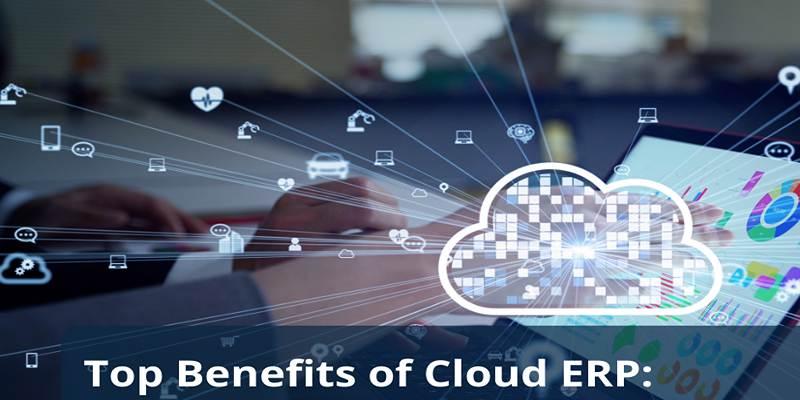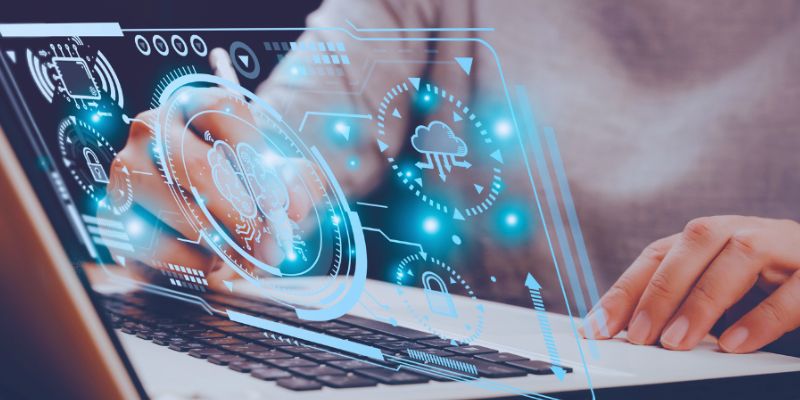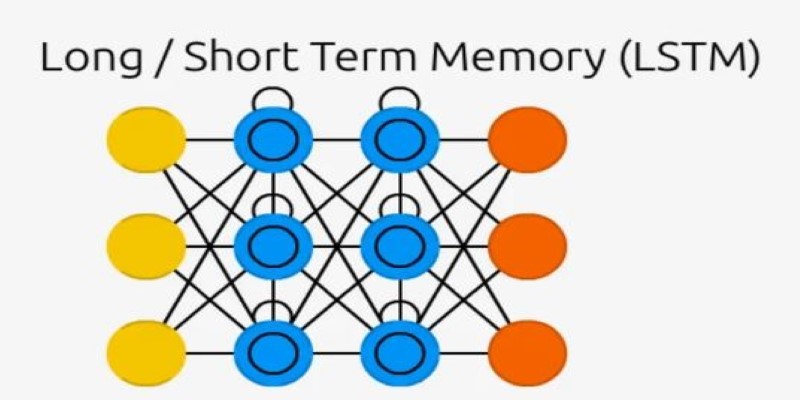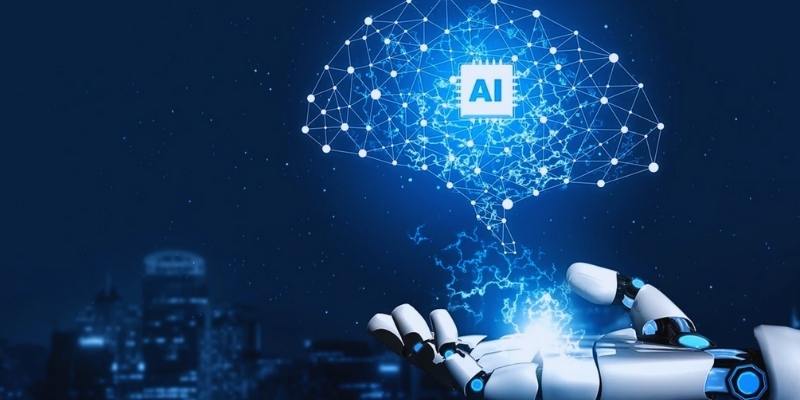For many growing companies, traditional ERP systems have reached their limits. While these systems have helped manage core operations for years, they often struggle to meet the speed, flexibility, and intelligence today’s business world demands. This is why a rising number of organizations are choosing to migrate their current ERP to AI-enabled cloud ERP platforms.
Migrating to a cloud-based ERP powered by artificial intelligence isn’t just a technical upgrade—it’s a strategic move toward smarter, data-driven operations. This post explores how this migration process works, the benefits it offers, and why it’s becoming essential for modern business success.
Understanding AI-Enabled Cloud ERP
AI-enabled cloud ERP refers to a new generation of enterprise resource planning software that lives in the cloud and comes integrated with artificial intelligence tools. Unlike traditional ERP systems that rely on manual processes and static data, AI ERP systems can:
- Analyze large amounts of business data instantly
- Provide predictive insights
- Automate repetitive tasks
- Help decision-makers act faster and smarter
This type of system uses cloud computing to deliver real-time access to business operations, while AI handles tasks like forecasting demand, processing invoices, and spotting unusual activity.
Why Businesses Are Moving Away from Traditional ERP
Over time, many companies outgrow their legacy ERP systems. These older platforms often:
- Require expensive upgrades and hardware maintenance
- Offer limited access to real-time data
- Operate in silos without smooth integration
- Fail to support automation or remote access
In contrast, cloud-based ERP solutions with built-in AI eliminate many of these issues. They are designed to grow with a business, offering flexible features, smarter tools, and lower long-term costs.
Benefits of Migrating to AI-Enabled Cloud ERP

Migration from a traditional ERP to an AI-enabled cloud ERP system offers multiple advantages across every department. Below are some of the most impactful benefits:
Improved Efficiency Through Automation
AI helps reduce time spent on repetitive tasks. It can automatically:
- Match purchase orders to invoices
- Update inventory levels
- Process payroll and employee data
- Monitor compliance and flag issues
It allows staff to focus on high-value tasks while minimizing human error.
Smarter Decision-Making with Real-Time Insights
AI-enabled ERP systems collect and analyze business data in real-time. Leaders gain instant access to performance metrics, forecasts, and alerts—helping them make faster and more informed decisions.
Better Collaboration Across Teams
Since cloud ERP systems are accessible from anywhere, employees across departments, regions, or even countries can work on the same platform. It improves communication and reduces delays caused by siloed systems.
Scalability and Flexibility
As businesses expand, cloud ERP systems can easily scale without requiring major hardware upgrades. Whether it's adding users, features, or new business units, AI ERP systems adjust to changes with minimal disruption.
Cost-Effective Operations
While migration does involve planning and investment, cloud ERP systems help reduce long-term costs by:
- Eliminating hardware expenses
- Lowering IT maintenance needs
- Preventing costly errors through AI-powered checks
- Automating time-consuming manual processes
Signs It’s Time to Migrate ERP Systems
Companies often delay migration because they’re comfortable with their current systems. However, certain signs suggest it may be time for a change:
- Employees are spending too much time on manual tasks
- Reporting takes too long and lacks accuracy
- Business growth is limited by outdated technology
- There's a lack of integration between systems
- Data security is becoming a concern
If any of these issues are affecting daily operations, an AI-enabled cloud ERP could solve them more efficiently.
Key Steps for Migrating ERP to the Cloud

Migrating to a new ERP system may sound challenging, but a structured approach helps ease the process. Here’s how businesses typically manage this transition:
Step 1: Set Clear Business Goals
Before any migration begins, organizations must define what they want to achieve. Common goals include:
- Automating workflows
- Improving forecasting
- Reducing operating costs
- Supporting remote teams
Clear goals help guide the system selection and implementation strategy.
Step 2: Choose the Right ERP Vendor
Selecting a cloud ERP platform with strong AI features is critical. Businesses should look for systems that offer:
- Easy integration with existing tools
- Built-in automation and analytics
- Strong data security and compliance support
- Scalable architecture
Providers with a strong track record and industry-specific solutions are often the best fit.
Step 3: Prepare the Data
Before migration, data from the current ERP must be cleaned, reviewed, and structured correctly. It helps prevent errors and ensures the new system performs as expected.
Step 4: Plan the Migration Timeline
A phased rollout is usually the safest approach. It allows businesses to test modules, train staff, and fix issues gradually—without interrupting daily operations.
Step 5: Train Users and Monitor the System
Once the system is live, employees should receive hands-on training to get comfortable with the new interface and features. Monitoring system performance post-launch ensures that everything is running smoothly.
Real-Life Example: A Manufacturing Company’s Transformation
A mid-sized manufacturing company had relied on an aging ERP for over a decade. Processes were slow, reporting was manual, and operations were split across different software. After migrating to an AI-enabled cloud ERP:
- Procurement and sales became fully automated
- Reports were generated instantly with AI insights
- Errors in inventory tracking dropped by 70%
- Staff could collaborate remotely from multiple sites
This transformation helped the company save both time and money while improving overall business performance.
Conclusion
Migrating to an AI-enabled cloud ERP is a smart move for businesses aiming to stay competitive and future-ready. It offers automation, better data insights, and improved collaboration. Traditional ERP systems can no longer keep up with the speed and complexity of modern operations. With AI tools, companies can make faster decisions and reduce manual workloads. The cloud adds flexibility, scalability, and cost savings over time. While migration requires planning, the long-term benefits outweigh the effort.











